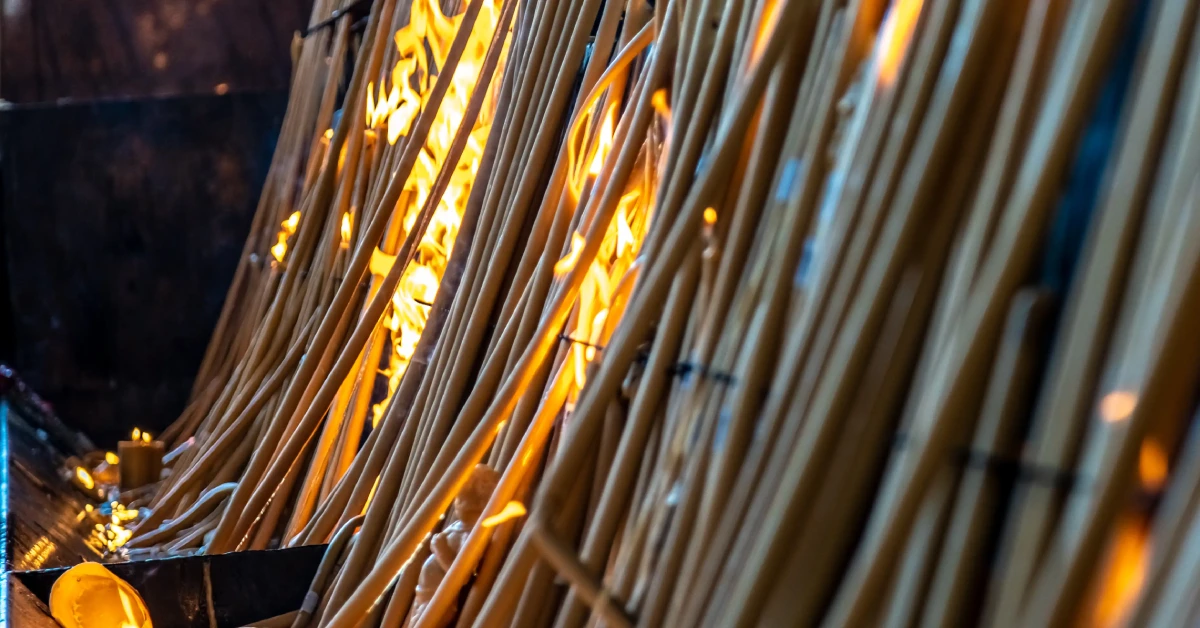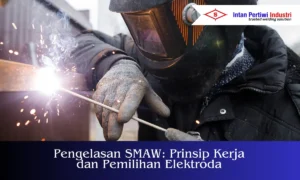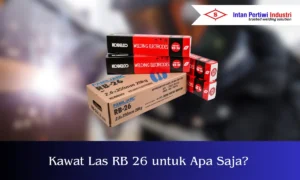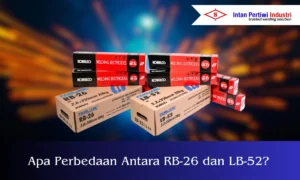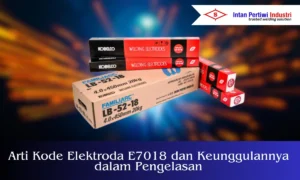Let's find out the types of welding wire based on their codes, from E6010 to E7018. Understand the functions of each type and find high-quality welding wire at intanpertiwi.co.id through the available contact details!
In the world of welding, choosing the right welding wire is no trivial matter. Choosing the wrong type of wire can result in weak, messy welds, and can even endanger the structure.
One of the easiest ways to identify the characteristics of welding wire is to understand the number code printed on the wire body or on its packaging. This leads us to an important topic, namely welding wire types based on their codes.
Codes such as E6010, E7018, and the like are not just random numbers. Each digit has a meaning that describes the tensile strength, welding position, type of current, and other characteristics.
This article will thoroughly discuss the various types of welding wire commonly used in industry, accompanied by simple and easy-to-understand explanations. Therefore, it is suitable for technicians, engineering students, and industry players who want to gain a deeper understanding of the world of welding.
Table of Contents
ToggleWelding Wire Types Based on Their Codes
Below are some types of welding wire that are commonly used, complete with explanations of their functions and characteristics. By understanding the codes and their intended uses, you can determine the most suitable wire for the type of welding you are doing.
1. E6010 Welding Wire
This welding wire is renowned for its ability to penetrate rust, paint, and light dirt on metal surfaces. The number 60 indicates a tensile strength of 60,000 psi, while the number 1 means it can be used in all welding positions. The final number 0 indicates the type of current used, which is direct current (DC) only.
The advantage of E6010 lies in its deep penetration, making it suitable for root pass welding, especially in pipes or structural joints. The disadvantage is that this wire is quite challenging to use because it produces a lot of spatter and is difficult to control if you are not used to it.
2. E6011 Welding Wire
At first glance, it resembles the E6010, but the difference is that the E6011 can be used with both alternating current (AC) and direct current (DC). The code 1 in the middle indicates position flexibility, while 1 at the end indicates AC-DC current.
E6011 is ideal for field work that requires high flexibility, such as welding steel frames or outdoor structures in less than ideal conditions. This wire also has deep penetration and produces strong joints, although it does produce a considerable amount of spatter.
3. E6012 Welding Wire
This type has a balanced characteristic between penetration and control. Still with a tensile strength of 60,000 psi, the number 2 indicates that this wire is suitable for use in flat or horizontal fillet welding positions.
E6012 produces slag that is easy to clean and a stable arc. Suitable for general fabrication work that does not require extreme strength, such as light joints or thin steel welding.
4. E6013 Welding Wire
If you are new to welding, you will most likely be introduced to this wire. E6013 is known as a versatile wire that is very user-friendly. It can be used in all positions, is suitable for AC and DC, and has a smooth arc with minimal spatter.
This wire is typically used for welding low-carbon steel, thin plates, and other light-duty applications. It maintains a strength of 60,000 psi, with easy control and clean weld results. Suitable for small workshops, welding training, and small to medium-sized projects.
5. LB52U or E7018 welding wire
If you need strong and durable welds, E7018 or LB52U are the top choices. With a tensile strength of 70,000 psi, this wire is suitable for heavy structures such as bridges, tanks, and other heavy constructions.
The code 1 in the middle indicates that it can be used in all positions, while the number 8 indicates that this wire has a low hydrogen flux coating and is suitable for AC or DC currents. The advantage of E7018 lies in its clean, strong weld quality with minimal cracking.
LB52U is a branded version of E7018 commonly used in large-scale projects. Its welds are strong, corrosion resistant, and have minimal defects. However, this wire requires strict storage conditions as it is sensitive to moisture.
6. E7024 Welding Wire
This type of wire is specifically designed for flat or horizontal fillet welding jobs that require high speed. The code 7024 means a tensile strength of 70,000 psi, flat and horizontal positions only, and the last number indicates the type of flux that allows for high speed and high deposition.
E7024 is often used in large fabrication jobs that require time efficiency, such as heavy steel structures, large frame welding, or tanks. The downside is that this wire is not suitable for vertical or overhead positions due to its weight.
Conclusion
Understanding welding wire types based on their codes is not just about memorizing numbers, but also about how you can work more efficiently, safely, and produce stronger welds. Each code has significant meaning—from tensile strength, welding position, to the type of electrical current used. The more you understand the codes, the easier it becomes to determine the most suitable welding wire for your project’s needs.
If you are looking for high-quality welding wire that meets industry standards, please contact us at intanpertiwi.co.id.
Here, you can find a wide selection of welding wires that you can easily order.
Contact us for more information and a consultation before you buy. Make sure your welding needs are handled by a trusted provider!


